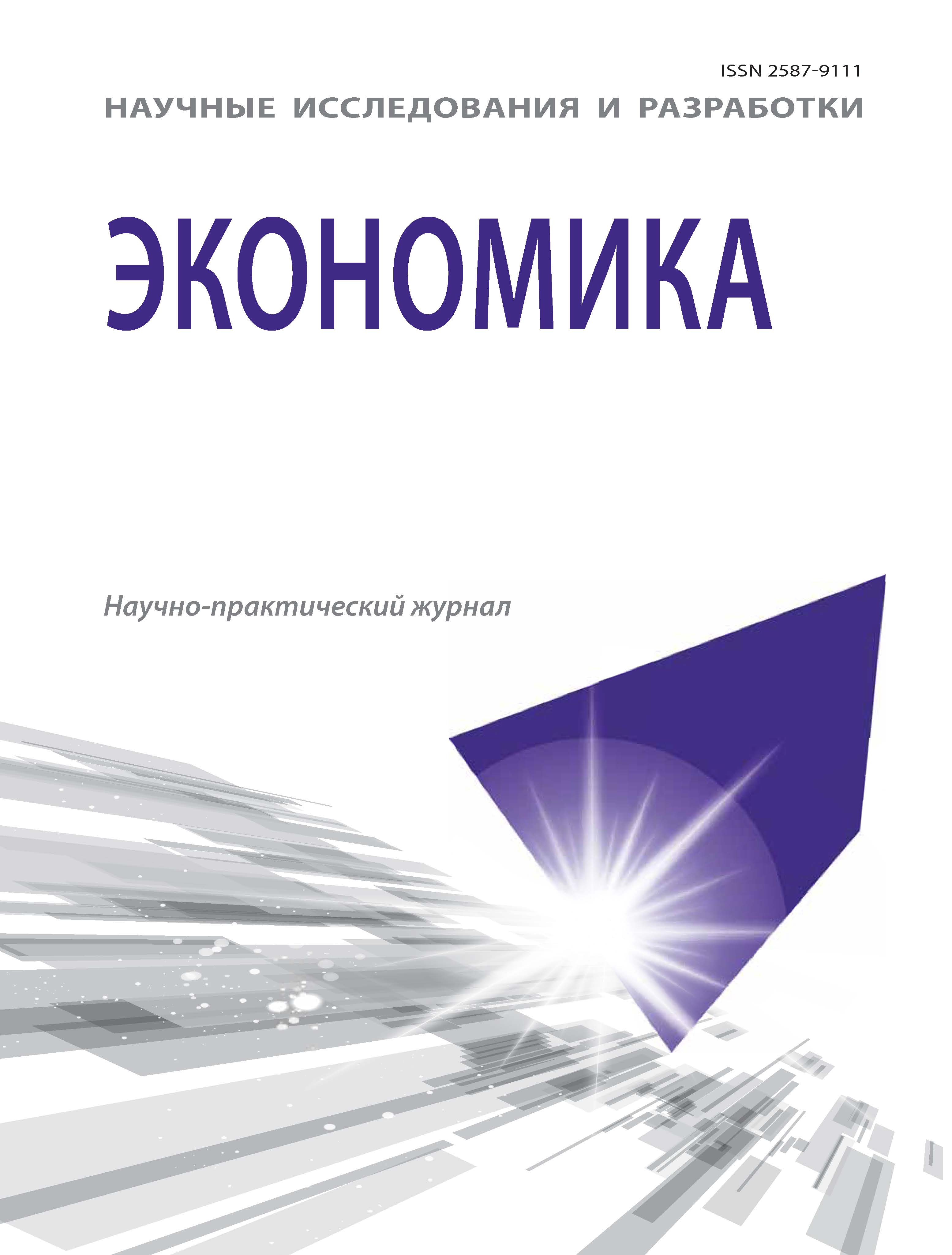In the article are considered the various approaches to the concept of efficiency, the existing methods of assessment and calculation of efficiency on both quantitative and qualitative basis; the methods of estimation of the inter-firm cooperation’s effectiveness are analyzed; the formula of efficiency’s calculation of the types of cooperation is offered, it can be used both for comparison of cooperative associations, and as a composite measure for decision making about participation in cooperation; criteria for the concept of efficiency is set for companies (members of cooperatives), consumers, industry, regions and the country; the estimation of cooperation on the basis of the indicators characterizing the benefit from the growth of cooperation’s productivity “breadth” and “depth” of one or groups of indicators is suggested; the matrix of correlation between time of finding the answer to a positive question and time of proving of this response, which shows the gap between the calculations of the efficiency of decision making and the proof of its effectiveness.
the calculation of the efficiency of cooperative associations, theeffectiveness of cooperation for enterprises, consumers, industry, region, andcountry, the growth of cooperation’s productivity “breadth” and “depth”, thematrix of correlation between the time of solution and time of its proving.
В широком смысле кооперация представляет собой особую форму сотрудничества хозяйствующих субъектов, характеризующуюся постоянным расширением уровней и этапов взаимодействия, ростом производительности кооперации, увеличением числа членов, удовлетворением дополнительных целей кооперации и извлечением эффекта от масштаба кооперации в результате роста производительности и взаимодействия на долгосрочной основе после удовлетворения первичных потребностей в кооперации. Условно затраты кооперационных объединений можно разделить на связанные с внешней и внутренней средой кооперации. Последние делят на: общие затраты участников кооперации, индивидуальные (или частные) затраты, общие косвенные и/ или скрытые затраты и индивидуальные (частные) косвенные и/ или скрытые затраты. Затраты можно разделить на управляемые, частично управляемые и неуправляемые (теоретически). Эффективность, в самом общем смысле, предполагает сопоставление результатов с затратами. В данном случае подразумевается сопоставление результатов кооперационной деятельности с затратами на сотрудничество. Эффективность предполагает сопоставление результатов как с затратами на сотрудничество, так и с инвестициями, логистикой, привязанными к партнеру.
1. Bobina M.A., Grachev M.V. Mezhdunarodnyj biznes: Strategija al´jansov [International business: Strategy of alliances]. Moscow, Delo Publ., 2006. 240 p. (in Russian)
2. Busygin K.D. Strategii razvitija innovacionnyh promyshlennyh predprijatij na osnove formirovanija mezhfirmennoj kooperacii [Strategy of innovative industrial enterprises’ development based on the formation of interfirm cooperation]. Moscow, AP «Nauka i obrazovanie» Publ., 2015. 180 p. (in Russian)






